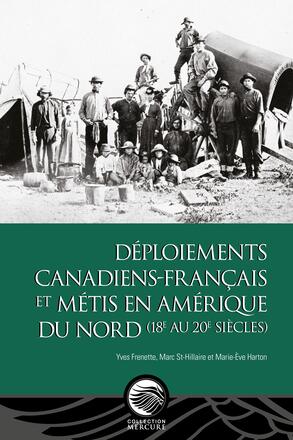
Déploiements canadiens-français et métis en Amérique du Nord (18e-20e siècles)
Description
Déploiements canadiens-français et métis en Amérique du Nord (18e-20e siècles) sheds new light on French-Canadian and Métis deployments in North America by showing how migration has influenced social development and collective identity.
Each of the eleven chapters addresses a facet of these movements from the mid-18th century to the Great Depression, primarily in five geographic areas—Quebec, Manitoba, New England, the American Midwest and the Pacific Coast.
This work is part of the research movement that gives geographical mobility, migration and those involved their rightful place in the origins and evolution of francophone communities in North America.
The successful completion of this research is due in part to the recent contribution of population microdatabases (primarily censuses and civil registers), which were combined, as well as the digitization of numerous historical archives.
The chapters —from a variety of disciplines (demography, history, geography, literary studies and sociology)—trace itineraries that illustrate mobility at various temporal, spatial and social scales.